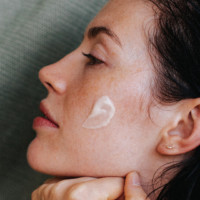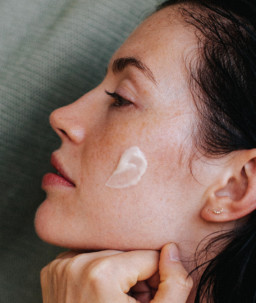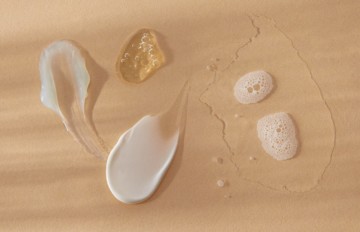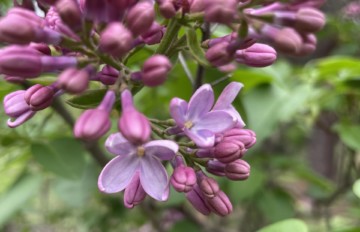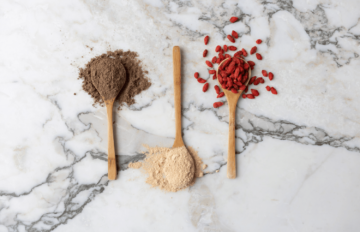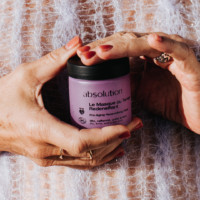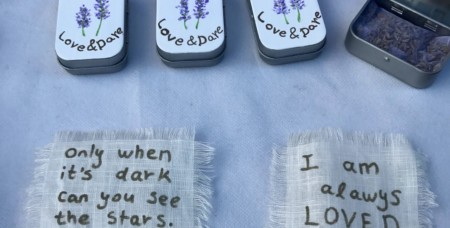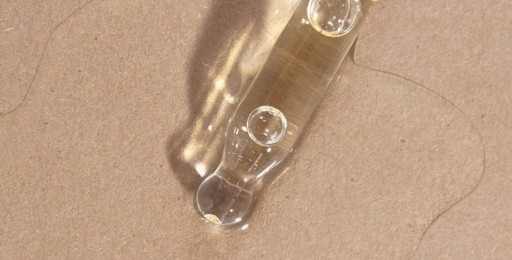
The Belly Button Ritual: A Gentle Practice for Radiant Skin
It’s the beauty gesture that’s been taking social media by storm. As you scroll through your feed, you may have come across surprising videos where influencers are seen pampering… their belly button. Many reach for botanical oils, massaging them into the skin with slow, circular movements—like Fleur Boschel, a lymphatic drainage expert and content creator followed by over 328,000 people on Instagram. Others prefer to apply a few drops of essential oils to rebalance their energy and improve skin quality. But behind these trending rituals lie ancient practices—let’s take a closer look.


A Tradition Rooted in Time
While largely unknown in the West, belly button care has long been part of Eastern traditions, particularly in Ayurveda. In India, the navel is considered an energetic epicenter, deeply connected to internal organs and nerve pathways. It is the site of Nabhi, the digestive hub where Agni, the digestive fire, resides—responsible for transforming food into energy. But the navel is also where you’ll find Manipura, the third chakra, known as the solar plexus. This chakra governs willpower, self-esteem… and digestion in all its forms—including that of our emotions and everyday stress.
In India, navel massage has been practiced for over 3,000 years using oils like castor, applied directly to the belly button. In Traditional Chinese Medicine, it involves acupuncture targeting Shenque (CV8), the very center of the navel. In Thailand, the Chi Nei Tsang massage—a technique that works on the abdominal organs through the navel—is used to release energy blockages and support intestinal health.


How to Practice the Ritual
It took the rise of social media for these ancestral rituals to make a modern comeback. But the fascination also lies in castor oil itself, now a bathroom staple thanks to its wide range of benefits. This plant thrives on wild, rocky soils and roadside slopes in parts of Northeast Africa and Western Asia. Applied to the navel, it’s believed to support digestion, detoxify the liver, and even ease hormonal and menstrual discomfort.
To try this ritual at home—we recommend doing so before bedtime—start by finding a quiet place where you can lie down comfortably with a cushion under your knees. Warm a few drops of castor oil (or sesame or coconut oil for their calming and harmonizing properties) between your palms. Place a few drops directly into your belly button, then gently massage in a clockwise motion. Let your breath guide the movement—inhaling and exhaling slowly—to soften the belly and soothe the mind.
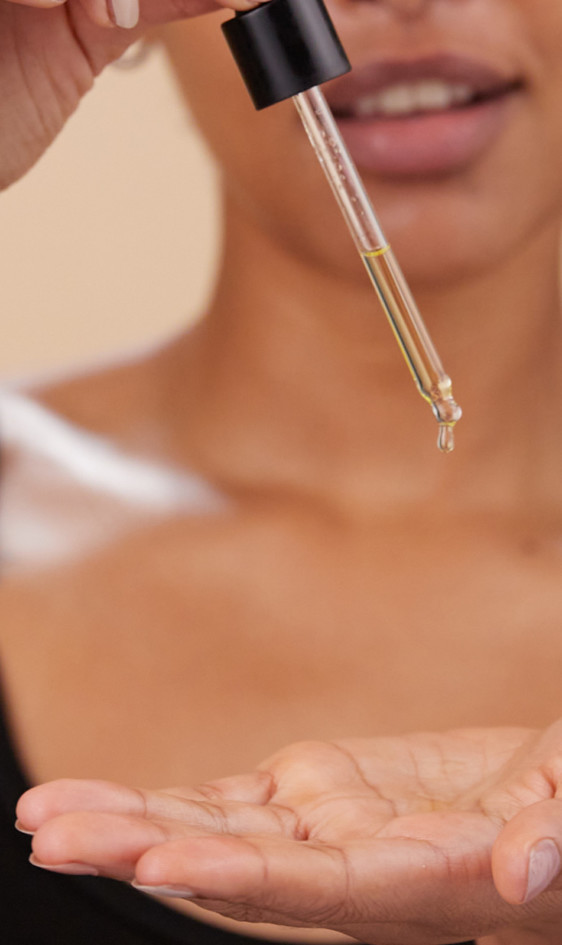

For a deeper ritual, you can place a warm compress or a thin hot water bottle over the area after massaging. This enhances the oil’s effects, stimulates digestion, and gently detoxifies the stomach. It also helps release emotional tension stored in the abdomen… and reconnects you to yourself.
You may also add a drop of lavender oil to calm anxiety and ease abdominal tension, or peppermint (very sparingly) to relieve nausea, cramps, or excess heat. Tea tree oil, with its purifying and antiseptic properties, can be used for acne-prone skin.
And What About the Skin?
When practiced regularly, this self-care ritual can visibly improve skin quality over time. The complexion becomes clearer, blemishes fade, and the skin feels more supple. By relaxing the abdominal area and calming the nervous system, this massage can indirectly reduce oxidative stress—a major factor in skin aging. Digestion improves, bloating subsides, and the belly becomes naturally flatter.
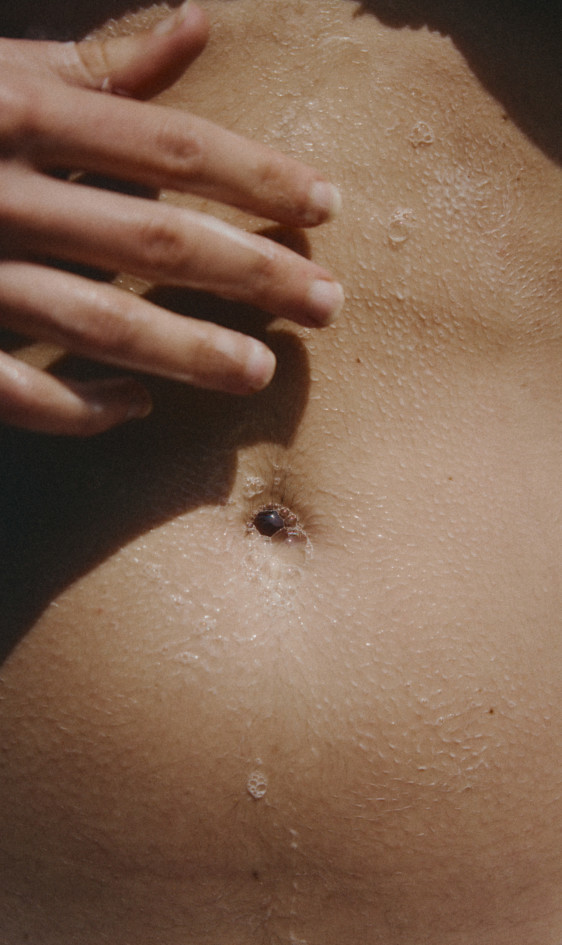

Even hydration levels improve, and nutrients are better absorbed—nourishing the skin from within. One more bonus not to be overlooked: massaging the navel may enhance sleep quality, and that, as we know, is the ultimate beauty treatment.
So, while science has yet to fully explain these practices, the relaxing power of touch combined with the known benefits of plant oils may help account for the glow seen by those who’ve tried them.
Shall we begin?
